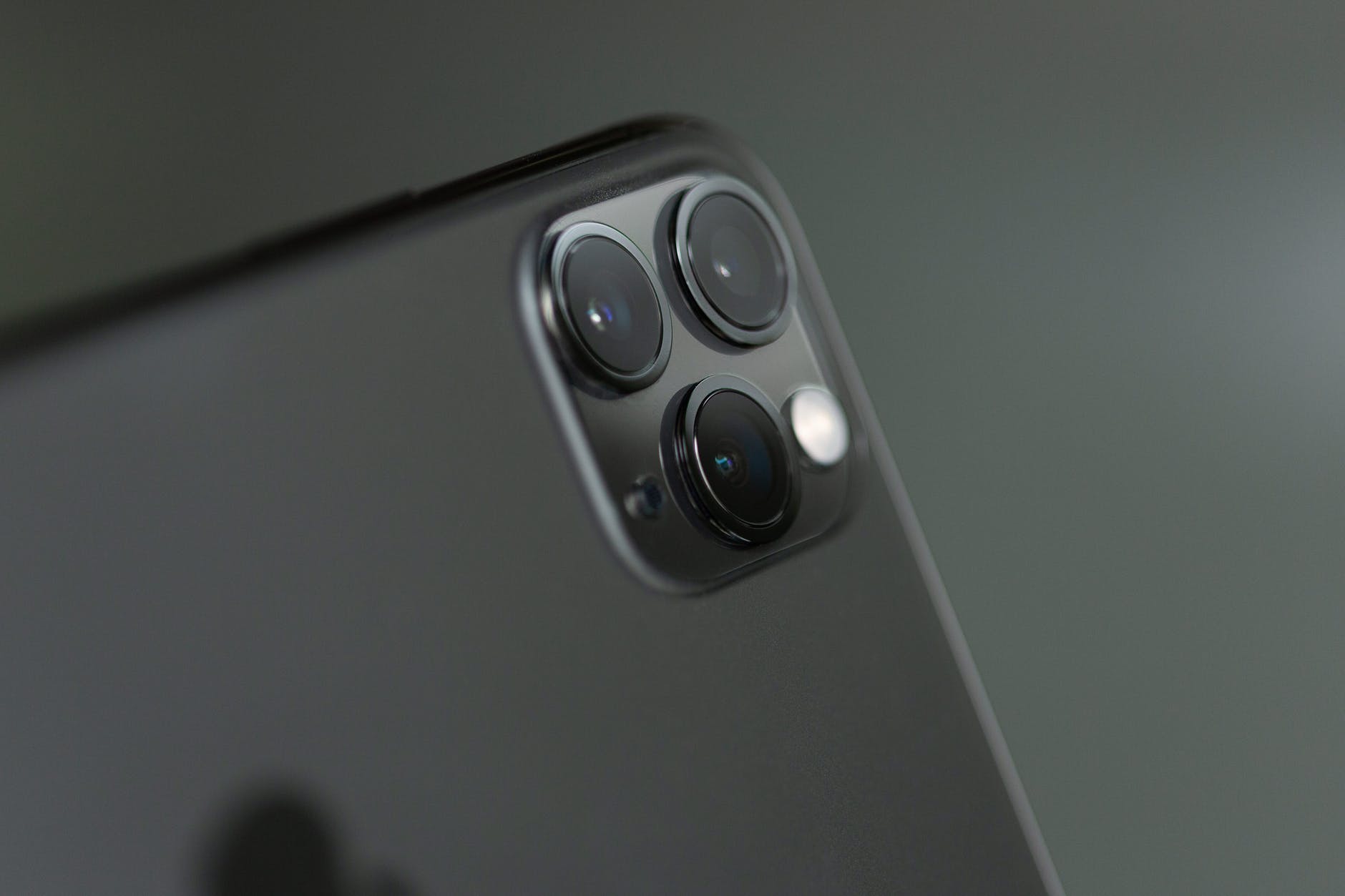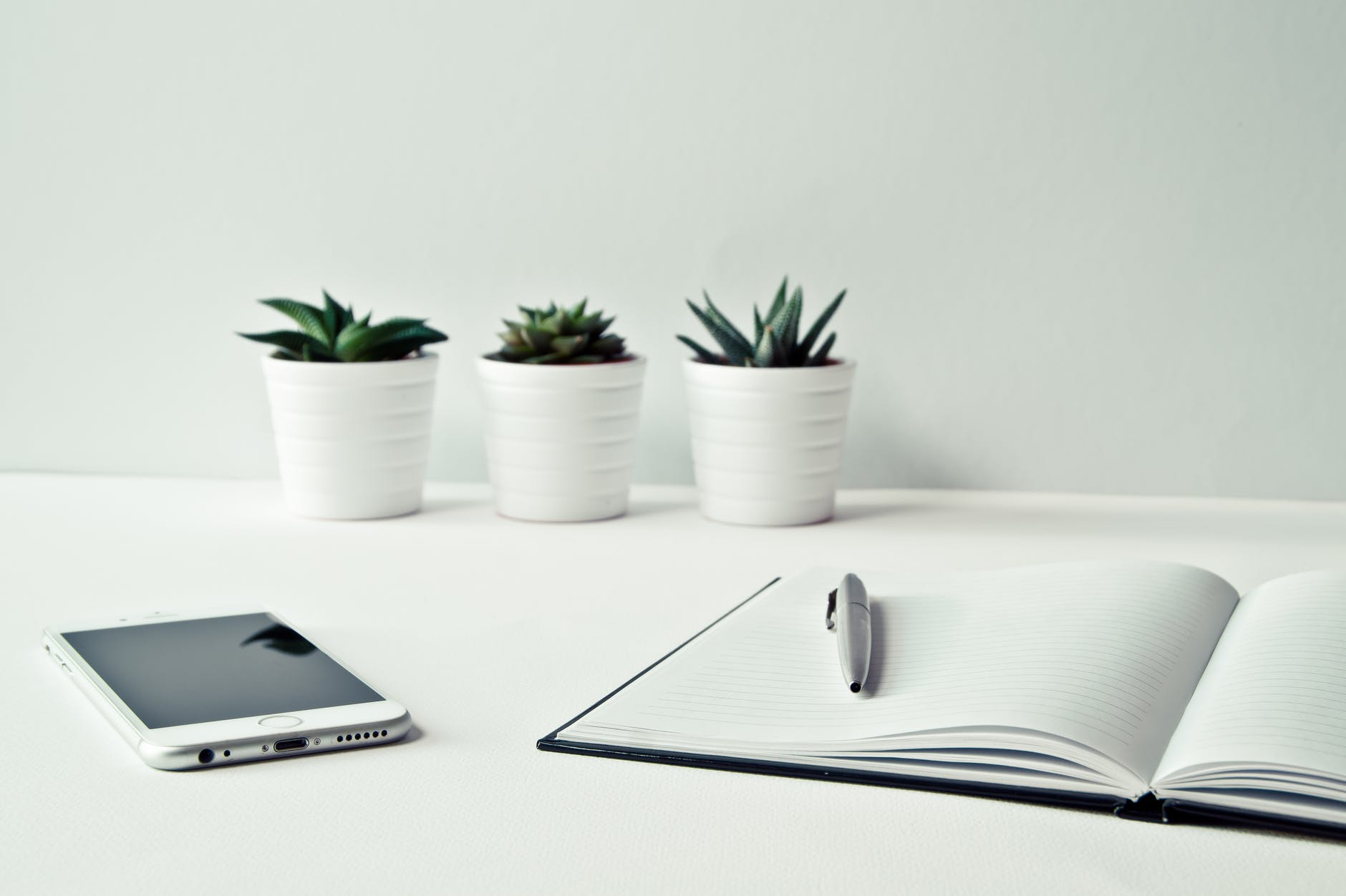Have you ever felt the need to make a quick copy of your classroom whiteboard? What about the times when you plan lessons from home and suddenly need to scan a textbook page for later use? What if I told you that it’s possible to have a portable scanner right there in your pocket – would you be interested? Let me give you a quick introduction to Microsoft Lens and give some examples of how this app can make your life a bit easier.
First of all, this is a free app from Microsoft. You can use it without any subscription, but to have a real use for it you need a Microsoft account. The reason for this is simple: you can then store your documents and sync them using OneDrive. Up until January 1st, 2021 the app was available in the Microsoft Store, but it’s now discontinued and Microsoft recommends you to download the app in the app store provider for your cell phone.

What Is Microsoft Lens and What Can It Do?
Microsoft Lens (previously called Office Lens) is an app you can use on your iOS or Android device. It’s an app that lets you scan different kinds of surfaces and lets you save the picture you scanned as a picture, a PDF, send it to OneNote, OneDrive, Word, or Powerpoint. When you take your picture you can also adjust which part of the picture should remain before you export it. You can share the picture using Outlook, another e-mail provider, or other different apps you might have that supports this. One nice feature is that you can also share your picture to Microsoft Immersive Reader, which can then make the app read the text you just scanned back to you. Now, how cool is that?
By default the different modes you can use when taking a picture are:
- whiteboard
- document
- business card
- photo
For scanning a document, use the setting for document or business card (if you have a smaller sized document). When using the whiteboard mode, the app tries to remove any possible glare that you might get from using a camera on a whiteboard.

What Can You Use the App for in a Classroom?
Ok, now you know a bit what the app can do – but how can you use this in a classroom and how can this actually help you and your students?
Here are some things I would recommend using the app for:
- Scanning the whiteboard in your classroom and saving this for later reference
- Make a quick scan of textbook pages that you (or one of your students) miss/need
- Let your students scan parts of their textbook and combine it with Immersive Reader if they need audio support when learning.
I’m sure there are a lot more things you can do with this tool, but these were the ones that crossed my mind right now. Personally, I’ve mostly used Microsoft Lens to make a quick scan of my whiteboard before either erasing what is on it before I go on with a lecture or to save for later reference on Itslearning which is the platform my school use for student-teacher collaboration.
Like I mentioned at the beginning of this post, the app gives me a scanner in my pocket and this can be really useful when many of us work full time or part-time from home. More than once, one of my students might have forgotten their textbook (or misplaced it). At that point, it’s easy for me to take a quick picture, export it as a PDF and send the PDF to my student on Itslearning or Microsoft Teams.
Have you tried using Microsoft Lens? What was the best use you made of the app in your classroom? Let me know in a comment, remember: sharing is caring!